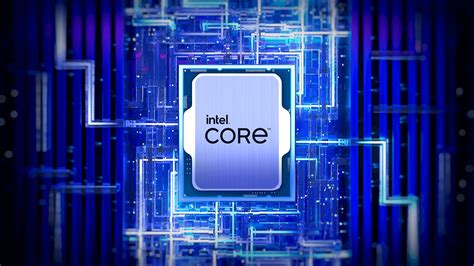Key Highlights:
- Intel is rumored to be releasing its Panther Lake CPUs with integrated Arc Xe3 graphics.
- These integrated graphics are as good as a mobile Nvidia RTX 3050 Max-Q GPU.
- However, without proper driver support (among other challenges), it might not be enough for Intel to bridge the gap between its competitors.
Despite many technical challenges and a series of failures, Intel is not content in going down without a fight. A recent rumor (originally sourced from VideoCardz) seems to suggest that the upcoming Panther Lake CPUs will ship with Intel Arc B-Series integrated graphics, which is a massive bump over the existing generation.
Horsepower aside, Intel still has a multitude of problems to deal with before it can take on AMD, and brute forcing it with raw compute might not be enough to turn the tables in their favor.
Intel Has Had a Troubled History With Game Compatibility and Driver Updates
While this isn’t Intel’s first rodeo into the GPU space (after all, the tech giant did have a rather jam-packed series of integrated GPUs that were fairly capable for the time), they are most certainly new players to the game.
When compared to AMD and Nvidia, Intel’s game compatibility list is a lot shorter, and despite their cards possessing some rather capable hardware, their drivers aren’t up to the mark.
Also Read: When Will We Get Half-Life 3? Rumors Point To An Imminent Reveal
Frequent issues range from lowered frame rates, visual artifacts, and a myriad of other problems across modern game releases. The problem is worse on Linux-based operating systems, where driver support is far worse.
Taking all of this into account, there’s little reason for most buyers to jump ship to Intel (despite its more attractive price and potentially better performance per dollar), at least until they can iron out these kinks.
How Does the Panther Lake Xe3 Compare to Current AMD and Nvidia offerings?
Intel’s upcoming Panther Lake CPUs will use Xe3 based iGPUs, which are in turn based on the B-Series of GPU architectures (Battlemage family). For reference, the highest end CPU is expected to ship with 12 Xe3 GPU cores, clocked in at 2.5 GHz.
This is expected to be included in a gaming handheld-focused CPU, with performance (of the iGPU) sitting around the same ballpark as that of the AMD Ryzen Z2 series.
Xe3 reportedly has over a 50% performance uplift when compared to the last-gen Xe2, with a greater focus on real-time, ray-traced reflections and shadows, which is something AMD has always trailed behind in.
As far as equivalent performance goes, the flagship grade Xe3 chipset is expected to be as powerful as Nvidia’s RTX 3050 Max-Q or a GTX 1660 Ti Max-Q laptop-grade GPU. In other words, it can keep up (and in certain cases) or even outpace a dedicated entry-level laptop GPU, which is quite the impressive feat.
While it is no Ryzen AI MAX 395+ GPU (the integrated Radeon 8060S), the amount of performance packed into the chipset is nothing short of astonishing, and could very well give both AMD and Nvidia a run for their money.
Also Read: Steam Frame Could Change PC Gaming Forever With FEX, Here’s How
Current AMD handhelds are also extremely expensive, and if Intel manages to sweeten the deal by subsidizing the cost, we could finally have some competition in the space, which is almost entirely dominated by AMD.
All of this is assuming that Intel manages to sort out its driver situation completely, that is. Without proper, day one AAA game support, there’s not really going to be a lot of traction, and Intel might find itself fading into obscurity again.



















